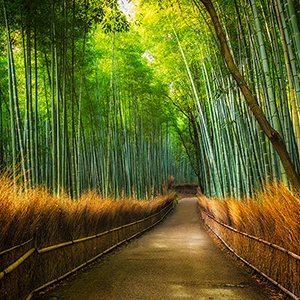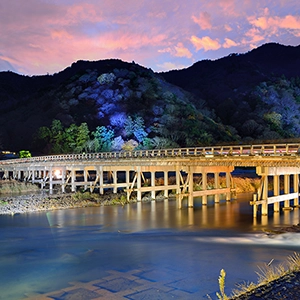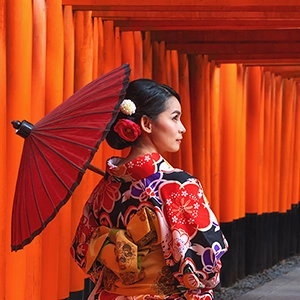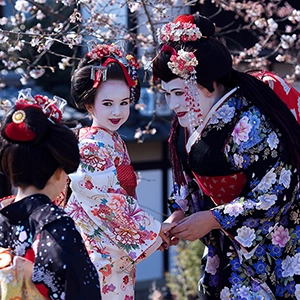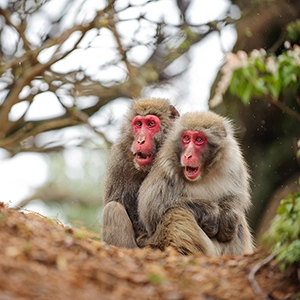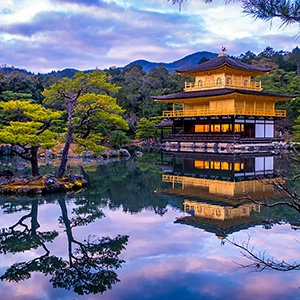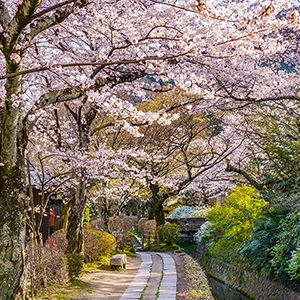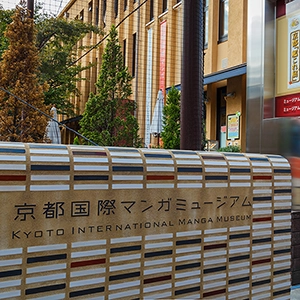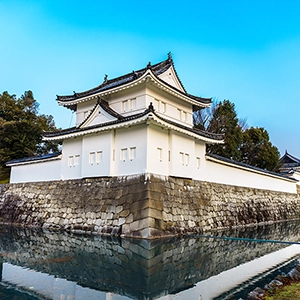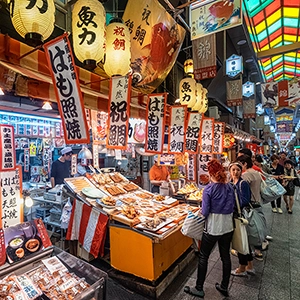Connect With The Beauty And Serenity Of The Tenryu-ji Temple
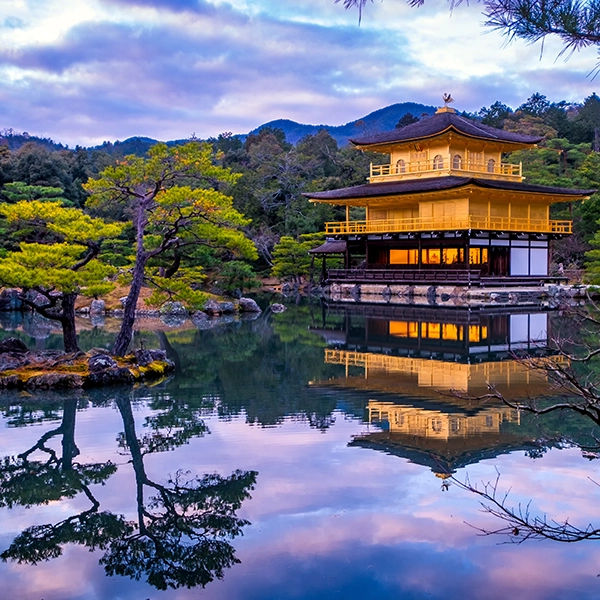
Tenryu-ji Temple, located in the Arashiyama district of Kyoto, Japan, is a prominent and historically significant Zen Buddhist temple. Founded in 1339 by the shogun Ashikaga Takauji, the temple is renowned for its exquisite gardens, stunning architecture, and rich history. As the head temple of the Tenryu-ji branch of Rinzai Zen Buddhism, it holds an important place in Japanese religious and cultural heritage. Explore the various aspects of Tenryu-ji Temple, including its history, features, and significance, along with practical information for planning a trip to this captivating site.
The History of Tenryu-ji Temple
The origins of Tenryu-ji Temple can be traced back to the turbulent period of Japan's history known as the Northern and Southern Courts (1336-1392), when the country was divided between rival factions. Ashikaga Takauji, the founder of the temple, was a powerful warlord who sought to establish his legitimacy and consolidate his rule by constructing a grand temple to honor the recently deceased Emperor Go-Daigo. As a result, Tenryu-ji Temple was born, with the famous Zen master Muso Soseki appointed as its founding abbot.
Throughout its history, Tenryu-ji Temple has experienced numerous fires and natural disasters, resulting in the loss and reconstruction of many of its original structures. Despite these challenges, the temple has persevered and maintained its status as an important center for Zen Buddhism in Japan. In 1994, Tenryu-ji Temple was designated as a UNESCO World Heritage Site, in recognition of its cultural and historical significance.
Exploring the Tenryu-ji Temple Grounds
Visitors to Tenryu-ji Temple are greeted by a variety of striking architectural features and serene gardens that reflect the temple's long history and Zen Buddhist philosophy. The main entrance to the temple is marked by the Sanmon Gate, a large wooden gate adorned with intricate carvings and a tile roof. Beyond the gate lies the temple's main hall, known as the Hatto, which houses a large painting of a cloud dragon on its ceiling, as well as various Buddhist statues and artifacts.
Another important building within the temple complex is the Hojo, the former residence of the temple's head priest. The Hojo contains several beautifully decorated rooms, including the Dharma Hall, where visitors can view a stunning painting of Daruma, the founder of Zen Buddhism.
The Sogenchi Garden
One of the highlights of Tenryu-ji Temple is its famous Sogenchi Garden, which has been designated as a Special Place of Scenic Beauty by the Japanese government. Designed by the temple's founding abbot, Muso Soseki, the garden is a masterpiece of Japanese landscape design and an excellent example of the karesansui (dry landscape) style. The garden features a central pond surrounded by carefully arranged rocks, trees, and moss, creating an atmosphere of tranquility and harmony that invites contemplation and reflection.
The Sogenchi Garden is particularly famous for its use of "borrowed scenery" (shakkei), a technique in which the surrounding landscape is incorporated into the garden design. In the case of Tenryu-ji Temple, the nearby Arashiyama Mountains provide a stunning natural backdrop that enhances the beauty and depth of the garden.
When to Visit Tenryu-ji Temple
Tenryu-ji Temple is open year-round and can be visited at any time of day. However, certain seasons and times of day offer particularly breathtaking experiences. Spring and autumn are popular times to visit, as the temple's gardens are adorned with vibrant cherry blossoms or the fiery hues of autumn leaves. During these peak seasons, the temple can become quite crowded, so arriving early in the morning or later in the afternoon may provide a more peaceful and serene experience.
Getting to Tenryu-ji Temple
Tenryu-ji Temple is easily accessible from central Kyoto and can be reached by train, bus, or taxi. The most convenient option is to take the JR Sagano Line from Kyoto Station to Saga-Arashiyama Station, which is about a 10-minute walk from the temple. Alternatively, you can take the Hankyu Arashiyama Line to Arashiyama Station, which is also within walking distance of the temple.
For those who prefer to travel by bus, Kyoto City Bus operates several routes that stop near Tenryu-ji Temple. However, buses can be slower and more crowded than trains, so it's essential to plan your journey accordingly. Taxis are also available for those who prefer a more direct and comfortable mode of transportation.
Practical Information for Visitors
There is a small admission fee to enter the Tenryu-ji Temple's garden and buildings, but the temple grounds are free to explore. The temple is typically open daily from 8:30 AM to 5:30 PM, with the last entry allowed at 5:00 PM. It's essential to dress modestly and respectfully, as Tenryu-ji Temple is an active religious site with practicing monks and visitors partaking in religious activities.
As you explore the temple grounds, be sure to wear comfortable footwear, as the site is quite expansive and features a variety of walking paths and stairs. There are also several teahouses and restaurants nearby, offering visitors the opportunity to enjoy a traditional Japanese meal or tea while taking in the stunning views of the temple and its surroundings.
Nearby Attractions and Activities
Tenryu-ji Temple is situated in the scenic Arashiyama district of Kyoto, which is home to a variety of other attractions and activities worth exploring. The iconic Arashiyama Bamboo Grove is just a short walk from the temple and offers a unique and enchanting experience as you stroll through towering bamboo stalks. Other notable sights in the area include the Togetsukyo Bridge, the picturesque Katsura River, and the Iwatayama Monkey Park, where visitors can interact with friendly Japanese macaques in a natural setting.
A Sense of Peace and Tranquility
Tenryu-ji Temple is an extraordinary and historically significant destination that provides visitors with a profound sense of peace and tranquility amidst its beautiful gardens and stunning architecture. As a UNESCO World Heritage Site and an important center of Zen Buddhism, the temple offers a unique and enriching experience for those seeking to explore the rich cultural and spiritual heritage of Japan. Whether you visit during the vibrant seasons of spring or autumn or during the quieter months, a trip to Tenryu-ji Temple promises to be an unforgettable journey that will leave a lasting impression.

